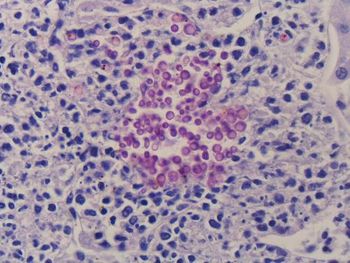
A recent phase 2 study showed favorable results for oral ibrexafungerp, a novel beta-glucan synthase inhibitor, as a step-down treatment for invasive candidiasis.

A recent phase 2 study showed favorable results for oral ibrexafungerp, a novel beta-glucan synthase inhibitor, as a step-down treatment for invasive candidiasis.
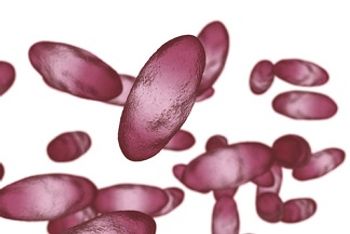
Deeper understanding of how Yersinia plague pathogens impede the immune system could help investigators develop targeted treatments for these bacterial infections.

Not all disinfectants are created equal and here's why we need to remember that.

As of July 24, 2019, 132 individuals have been diagnosed with Cyclospora infection as part of a multistate outbreak linked to consumption of fresh basil.
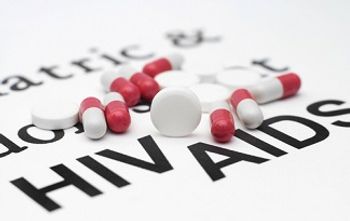
The percentage of participants who achieved HIV-1 RNA< 50 copies/mL in the 0.25 mg, 0.75 mg, 2.25 mg MK-8591 dose groups was 89.7%, 90.0%, and 77.4%, respectively, at week 48.
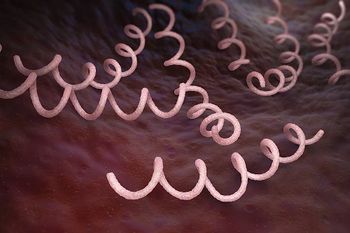
A sharp increase in syphilis cases in Europe is hitting hardest among MSM and has been linked to the use of PrEP drugs and an increase in risky sexual behavior.

Providers’ communication styles and level of knowledge about HIV have a significant impact on whether patients begin and remain in treatment.
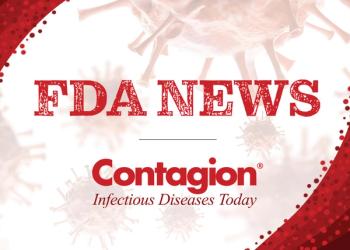
Here is a look at infectious disease-related US Food and Drug Administration news from the week of July 21, 2019.
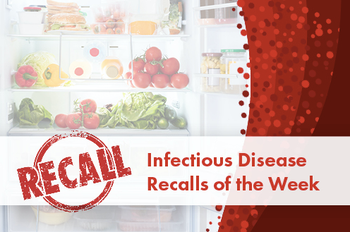
We’ve rounded up a list of important US Food and Drug Administration (FDA) and US Department of Agriculture (USDA) recalls from this past week.

Stay up-to-date on the latest infectious disease news by checking out our top 5 articles of the week.
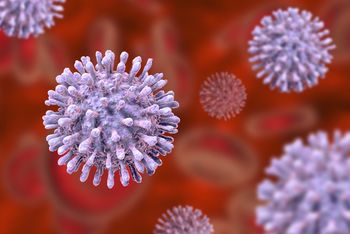
At week 48, 83.8% of participants in the TAF/FTC/DTG arm had HIV RNA < 50 copies/mL, 84.9% for TDF/FTC/DTG and 78.6% for TDF/FTC/EFV.
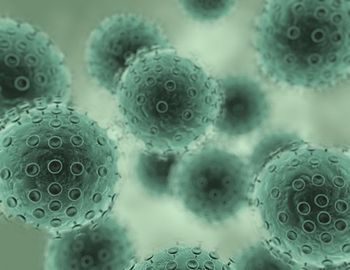
GEMINI 1 & 2 are phase 3, randomized, double-blind, multicenter studies evaluating the 2-drug regimen of DTG/3TC in comparison with the 3-drug regimen of DTG + TDF/FTC.
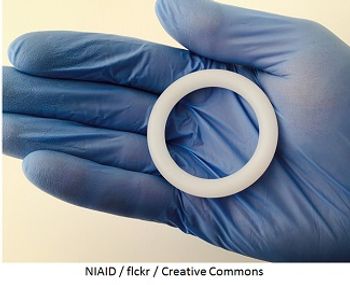
The final results of HOPE, a phase 3 open-label extension trial, show high uptake and lower-than-anticipated HIV-1 incidence.
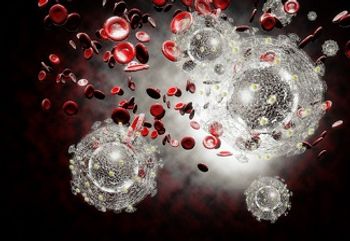
The discovery of dendritic cells known as CD11c+ offers a pathway to understanding the mechanism behind HIV transmission and how to halt it.
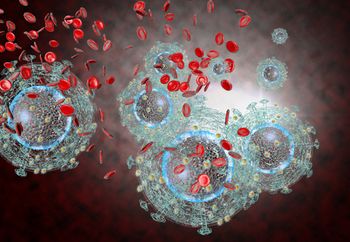
New results indicate that the study met its primary end point for non-inferiority based on the proportion of participants with plasma HIV-1 RNA > 50 copies per mL at week 48.

The investigators observed durable humoral immune responses over 2 years with a response rate of 100% in participants receiving the Ad26.Mos.HIV, gp140HD vaccine regimen.
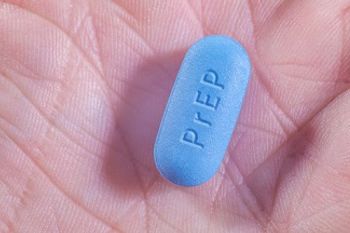
With 1329.6 person-years of PrEP use accumulated, early continuation was achieved by 79.8% of participants.

We're separating fact from fiction regarding the investigation into these concerns.
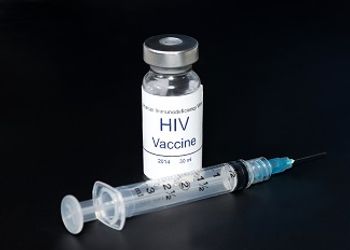
The phase 2a study compares a bivalent combination of Clade C and Mosaic gp140 with a single-valent Clade C gp140.
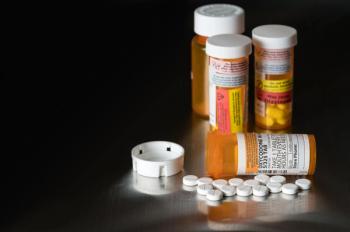
Providers who received the intervention materials had higher satisfaction and confidence in prescribing chronic opioid therapy than their colleagues who did not.
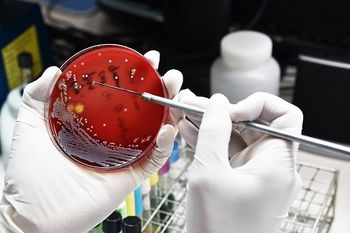
Recent commentaries—1 optimistic, the other less so—shed light on the challenges ahead and how we can hope to overcome them.
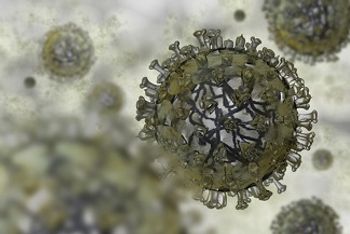
In the wake of prior findings that influenza A viruses exhibited reduced susceptibility to single-dose baloxavir, a new study indicates that the antiviral medication inhibits all 4 types of flu, including viruses with pandemic potential.
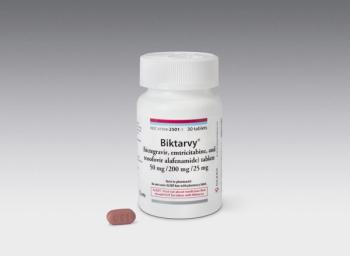
Two phase 3 studies presented at IAS 2019 evaluated a switch to B/F/TAF among individuals virologically suppressed on other HIV treatment regimens.

A handful of new studies weighing the risks and benefits of ART regimens containing dolutegravir have triggered new recommendations from the WHO.
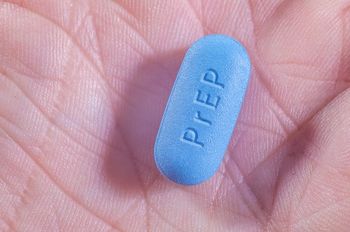
The team assessed program engagement, medication refills, and self-reported 3-day adherence over 72 weeks, among the individuals who initiated PrEP.

The difference between NTD prevalence with dolutegravir and non-dolutegravir antiretrovirals from conception was small, but significant at 0.20% difference (95%CI 0.01%, 0.59%).
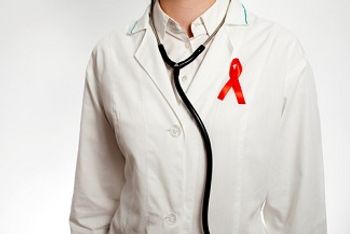
Global HIV/AIDS data from 2018 reveals that some countries are making tremendous strides towards the 2020 targets, while others are still seeing a rise in new HIV cases and AIDS-related deaths.
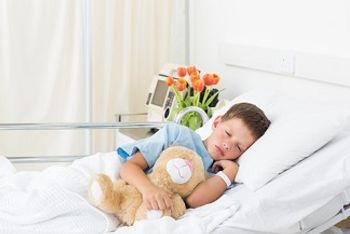
CDC has released a complete summary of AFM cases in 2018, urging clinicians to recognize symptoms, collect specimens, and report suspected cases.

From vaccines to conflict, here's an update on why this Ebola outbreak is so unique.

The survey of households found that although 80% of residents had heard of Rocky Mountain spotted fever, less than half used pesticides to prevent the presence of ticks.